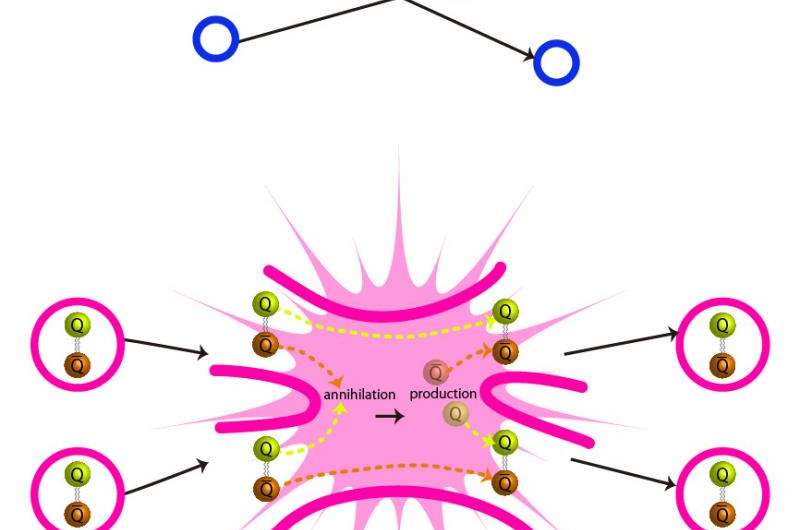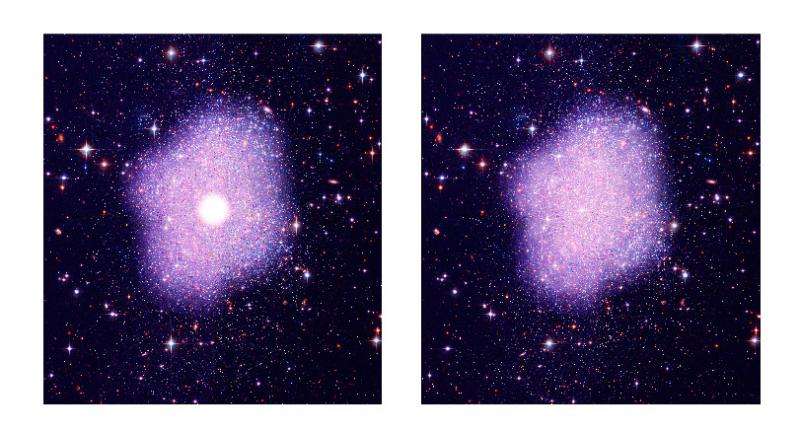Déjà-vu, new theory says dark matter acts like well-known particle

A new theory says dark matter acts remarkably similar to subatomic particles known to science since the 1930s.
We owe a lot to dark matter – it is the thing keeping galaxies, stars, our solar system, and our bodies intact. Yet no one has been able to observe it, and it has often been regarded as a totally new exotic form of matter, such as a particle moving in extra dimensions of space or its quantum version, super-symmetry.
Now an international group of researchers has proposed a theory that dark matter is very similar to pions, which are responsible for binding atomic nuclei together. Their findings appear in the latest Physical Review Letters, published on July 10.
"We have seen this kind of particle before. It has the same properties – same type of mass, the same type of interactions, in the same type of theory of strong interactions that gave forth the ordinary pions. It is incredibly exciting that we may finally understand why we came to exist," says Hitoshi Murayama, Professor of Physics at the University of California, Berkeley, and Director of the Kavli Institute for the Physics and Mathematics of the Universe at the University of Tokyo.
The new theory predicts dark matter is likely to interact with itself within galaxies or clusters of galaxies, possibly modifying the predicted mass distributions. "It can resolve outstanding discrepancies between data and computer simulations," says Eric Kuflik, a postdoctoral researcher at Cornell University. University of California, Berkeley postdoctoral researcher Yonit Hochberg adds, "The key differences in these properties between this new class of dark matter theories and previous ideas have profound implications on how dark matter can be discovered in upcoming experimental searches."
The next step will be to put this theory to the test using experiments such as the Large Hadron Collider and the new SuperKEK-B, and a proposed experiment SHiP.

More information: "Model for Thermal Relic Dark Matter of Strongly Interacting Massive Particles" Physical Review Letters, 115, 021301 (2015) DOI: 10.1103/PhysRevLett.115.021301
Journal information: Physical Review Letters
Provided by University of Tokyo



















